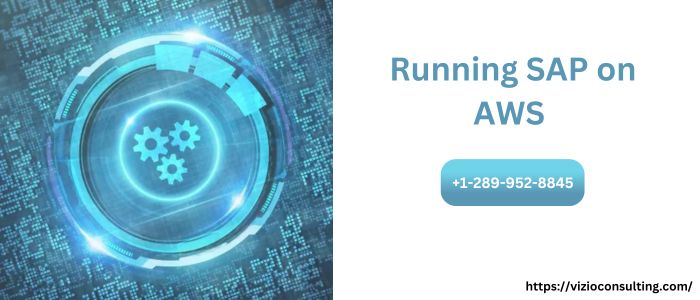Running SAP on AWS offers several advantages and disadvantages. Let's explore the pros and cons of this approach.
Pros:
- Scalability: AWS provides a highly scalable infrastructure that can easily accommodate the growing demands of SAP applications. As your business expands, you can easily scale up or down resources to meet your requirements, ensuring optimal performance.
- Flexibility: With SAP on AWS, you have the flexibility to choose the specific services and configurations that best suit your needs. You can leverage various AWS services, such as Amazon EC2, Amazon S3, and Amazon RDS, to build a customized and scalable SAP environment.
- Cost Savings: By running SAP on AWS, you can benefit from cost savings in multiple ways. AWS offers a pay-as-you-go model, where you only pay for the resources you consume. This eliminates the need for significant upfront investments in hardware and infrastructure. Additionally, AWS provides cost optimization tools that help you monitor and optimize your SAP environment, minimizing unnecessary expenses.
- High Availability: AWS offers robust infrastructure and built-in redundancy options that enhance the availability of your SAP systems. You can implement features like multi-Availability Zone deployments, automated backups, and disaster recovery mechanisms, ensuring high uptime and business continuity.
Cons:
- Complexity: Implementing and managing SAP on AWS can be complex, especially if you lack experience with both platforms. Integration between SAP and AWS services requires careful planning and expertise. It may require additional resources and skilled personnel to handle the complexities effectively.
- Data Transfer Costs: If you have significant data transfers between your SAP systems and other AWS services, you may incur additional data transfer costs. It's essential to understand and monitor data transfer patterns to optimize costs and prevent unexpected expenses.
- Security and Compliance: SAP systems often handle sensitive data, making security and compliance critical considerations. While AWS provides a secure infrastructure, the responsibility for securing the SAP application layer lies with the customer. Ensuring proper security measures, such as encryption, access controls, and compliance with industry regulations, requires diligent effort and expertise.
- Vendor Lock-In: Migrating SAP to AWS may lead to vendor lock-in, making it challenging to switch to another cloud provider in the future. It's crucial to carefully evaluate the long-term implications of this decision and consider strategies like implementing containerization or multi-cloud architectures to mitigate vendor lock-in risks.
Running SAP on AWS Consulting Services offers significant benefits in terms of scalability, flexibility, cost savings, and high availability. However, it also comes with challenges related to complexity, data transfer costs, security, compliance, and potential vendor lock-in. It's important to thoroughly assess these pros and cons, align them with your business needs, and plan the migration and management of SAP on AWS accordingly.


No comments yet